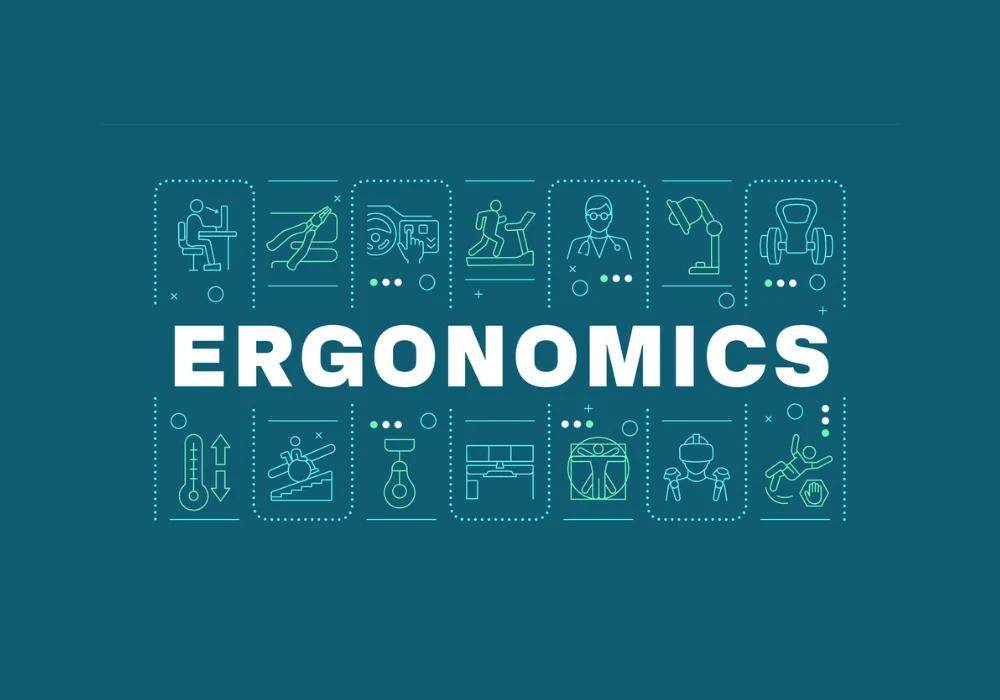Healthcare is at the intersection of patient care, technology, and procedures. Minor human errors can have significant consequences, making the integration of Human Factors and Ergonomics (HF/E) crucial. Acting as a bridge between the human element and the healthcare system, HF/E aims to enhance patient and professional safety and the overall quality of care.
The Human Factor in Healthcare
Every healthcare professional, from nurses to surgeons, must acknowledge the human aspects that influence performance, including cognitive, physical, and emotional limitations. Fatigue, for instance, can impair decision-making, while poorly designed equipment can cause physical strain. Recognising these limitations underscores the importance of innovative design in creating supportive and intuitive environments. HF/E focuses on developing systems and processes that complement, rather than hinder, human capabilities. This supportive foundation empowers healthcare workers to perform their best, ultimately making a significant difference in patient lives.
Designing Ergonomic Healthcare Environments
Ergonomics aims to minimise physical effort and discomfort, thereby maximising efficiency. In healthcare settings, this translates to creating safe and efficient work environments for professionals and positive experiences for patients.
Optimising Medical Equipment and Workstations: Poorly designed control panels, inconveniently placed equipment, and non-ergonomic workstations can lead to errors and physical strain. By leveraging HF/E, healthcare environments can be optimised with standardised control layouts, easy-to-reach storage solutions, adjustable workstations, and voice-activated controls, all of which enable healthcare professionals to work more effectively.
Designing Patient Care Areas: Well-designed patient care areas reduce anxiety, confusion, and accidents. Innovations such as non-slip flooring and grab bars in patient rooms and bathrooms support mobility, especially for individuals with physical limitations. Creating organised and comfortable spaces promotes patient well-being and minimises the risk of falls and other adverse events.
Prioritising Human-Computer Interaction (HCI) in Healthcare
Beyond optimising physical environments, technology integration plays a vital role in modern healthcare. The digitalisation of the healthcare industry, including the widespread use of electronic medical records (EMRs) and predictive analytics, enhances efficiency and timeliness. However, this rise in technology necessitates a focus on Human-Computer Interaction (HCI).
User-friendly interfaces and intuitive design are essential in EMRs, medical devices, and telemedicine platforms. HF/E principles streamline workflows, reducing cognitive load and administrative tasks, thereby allowing healthcare professionals to focus more on patient care. Moreover, straightforward communication tools within HCI systems facilitate accurate information sharing and informed decision-making, leading to better patient outcomes. Investing in wearable devices, biosensors, and artificial intelligence further streamlines workflows and improves both provider well-being and patient outcomes.
The healthcare industry thrives on the human element—its professionals' dedication, expertise, and compassion. Investing in HF/E is an investment in the future of healthcare. By creating work environments where human potential flourishes and where technology seamlessly extends our ability to care, HF/E ensures that the system works for everyone—caregivers, patients, and the broader community. Embracing HF/E principles is not just about enhancing efficiency; it's about fostering a healthcare environment that prioritises providers' and patients' well-being and effectiveness.
Source: MedCity News
Image Credit: iStock






